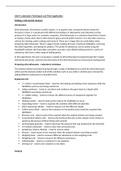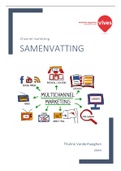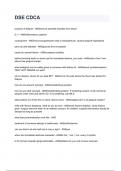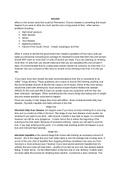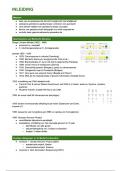Other
Unit 4 Assignment 2 - Distinction (Learning Aim B)
- Institution
- PEARSON (PEARSON)
BTEC Applied Science Unit 4 Assignment B - Making a nail varnish remover. Results, graphs, evaluation all included. Referenced throughout. Assignment has been awarded a DISTICTION.
[Show more]
